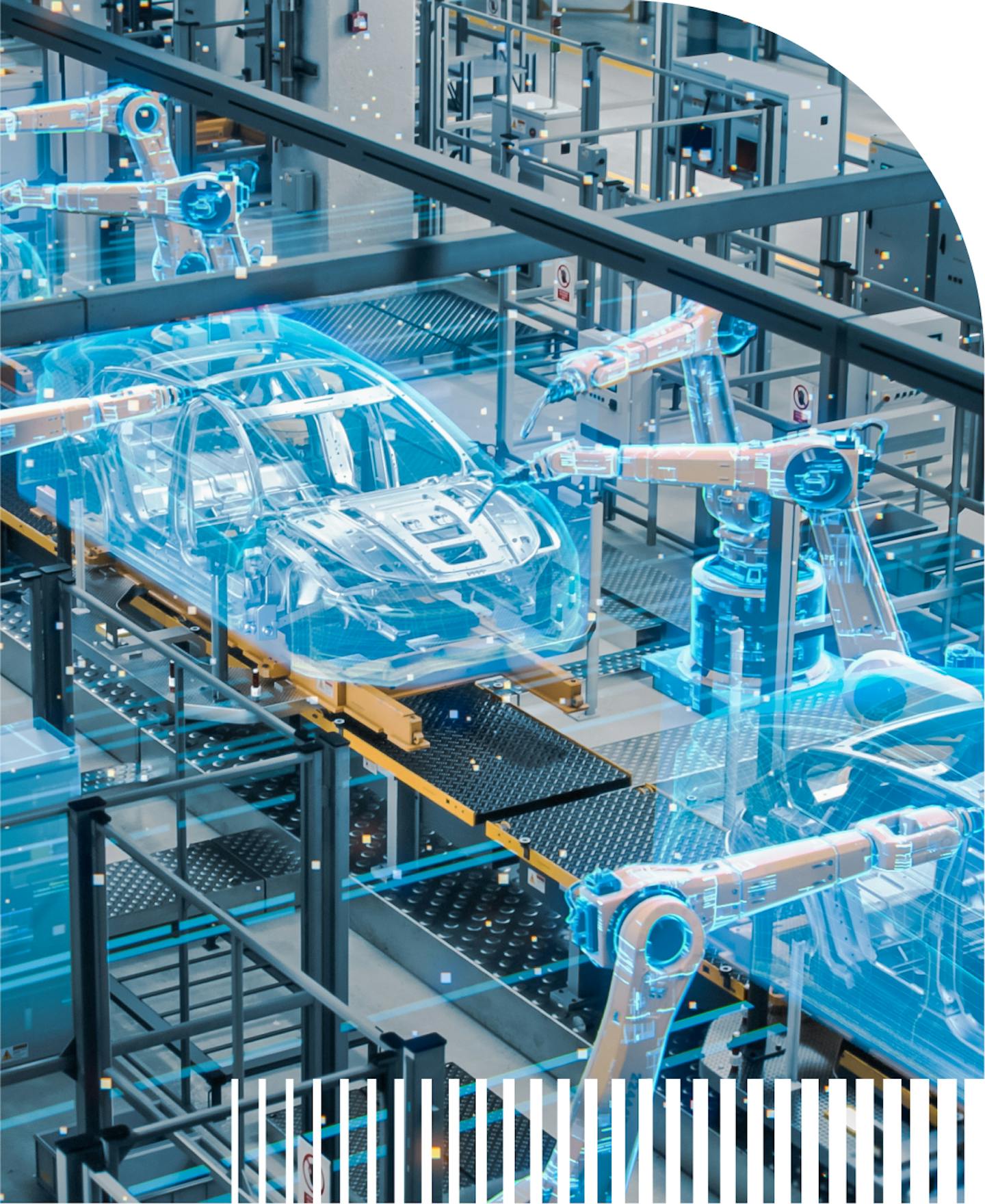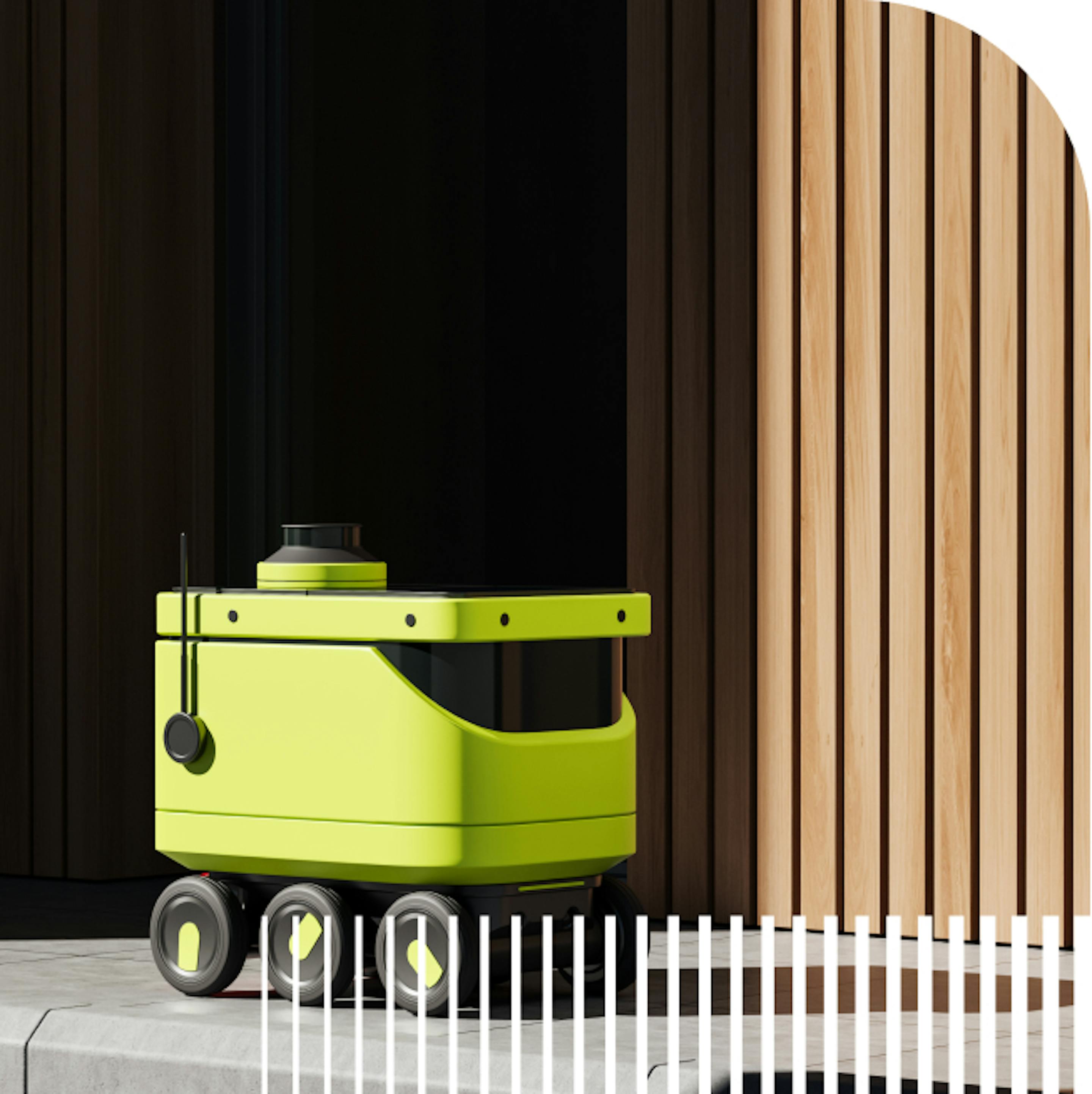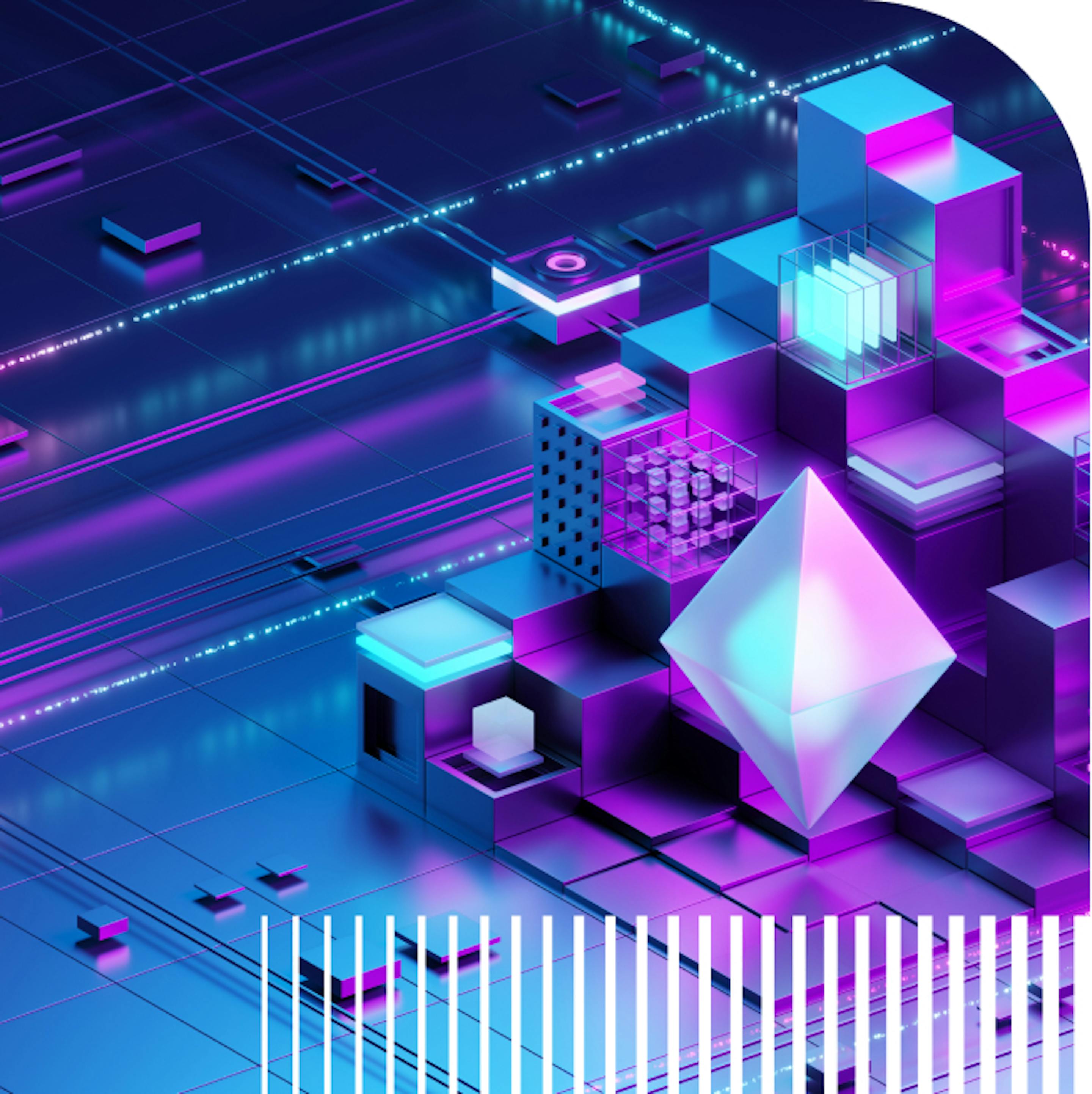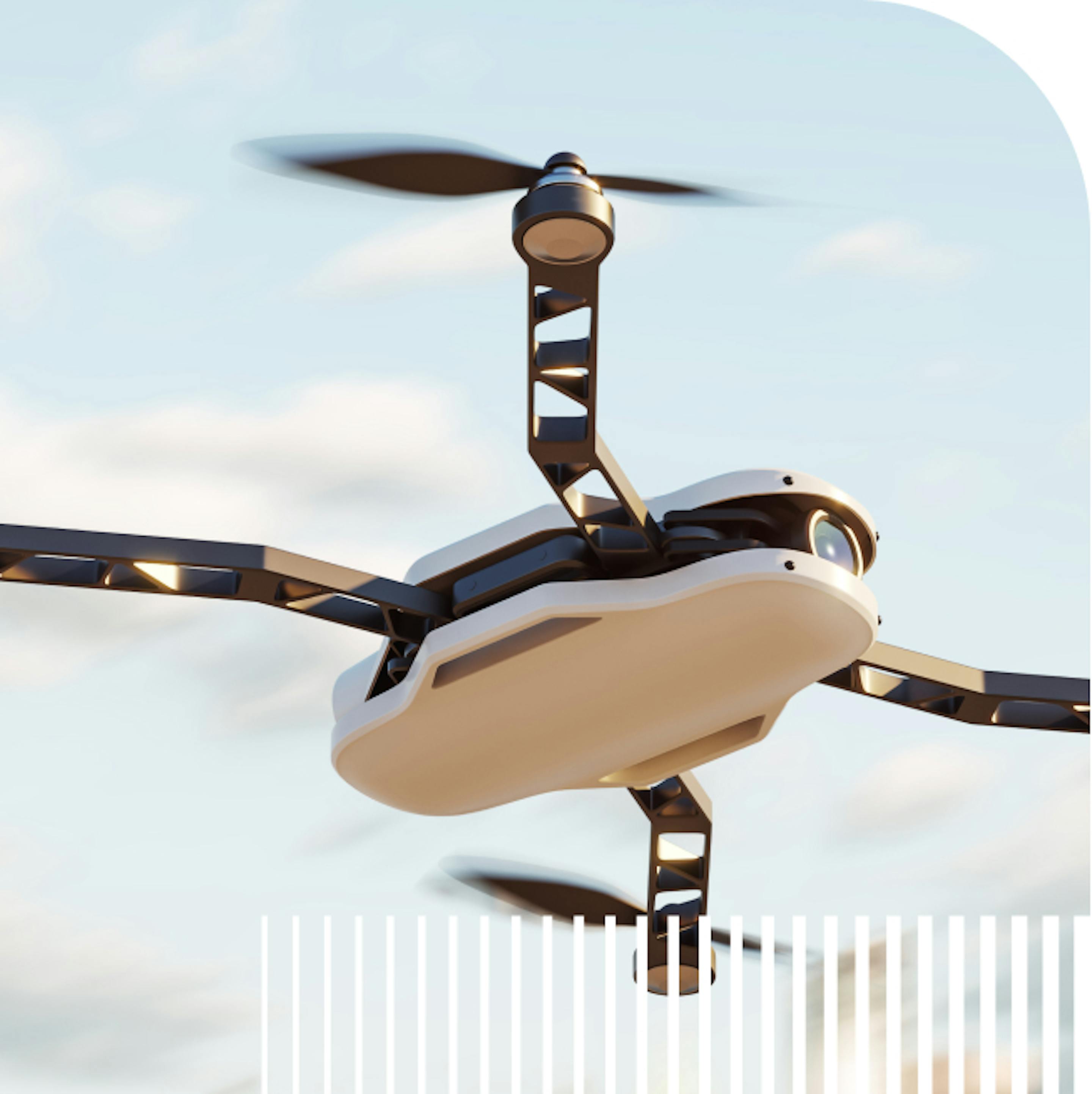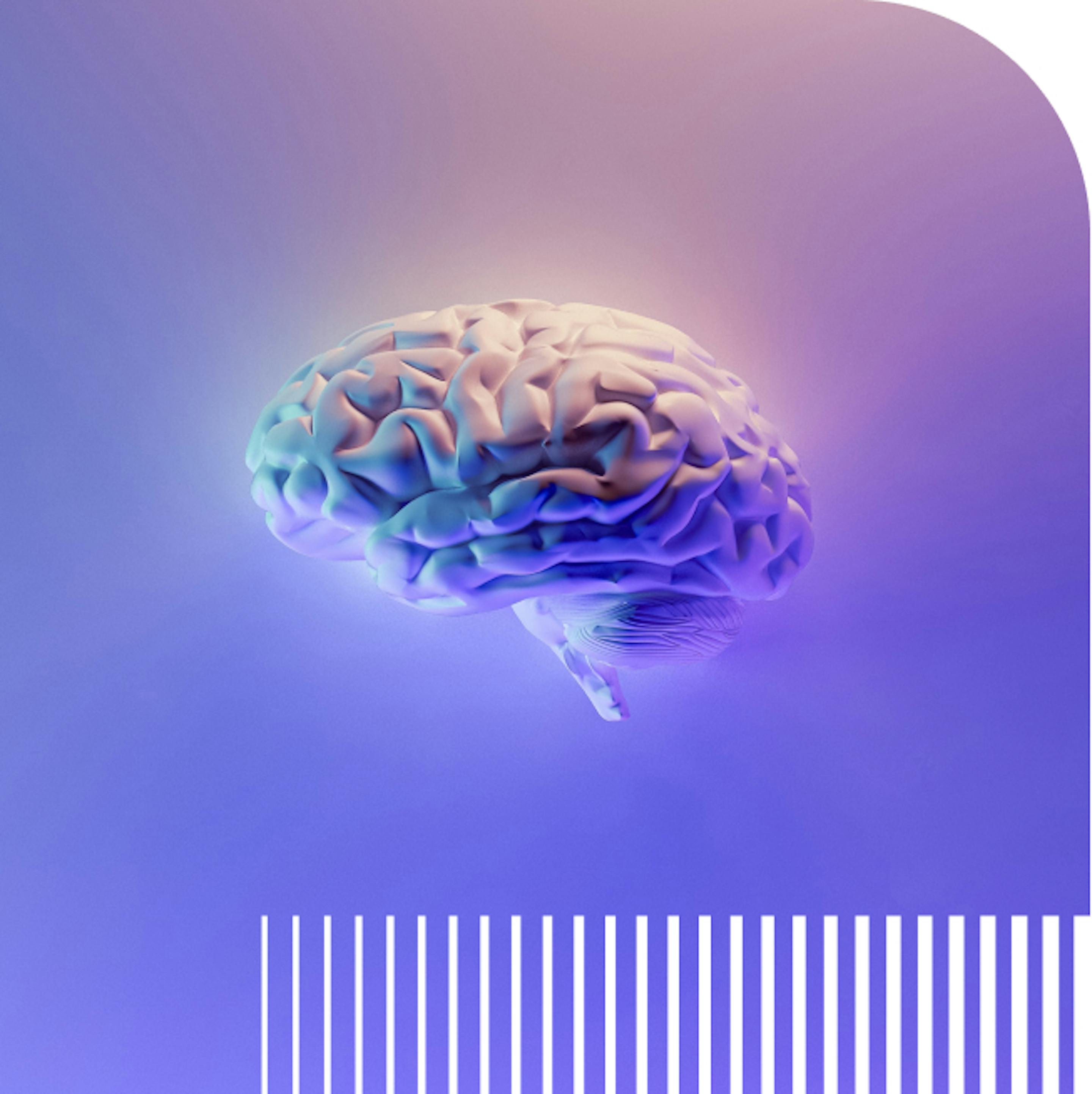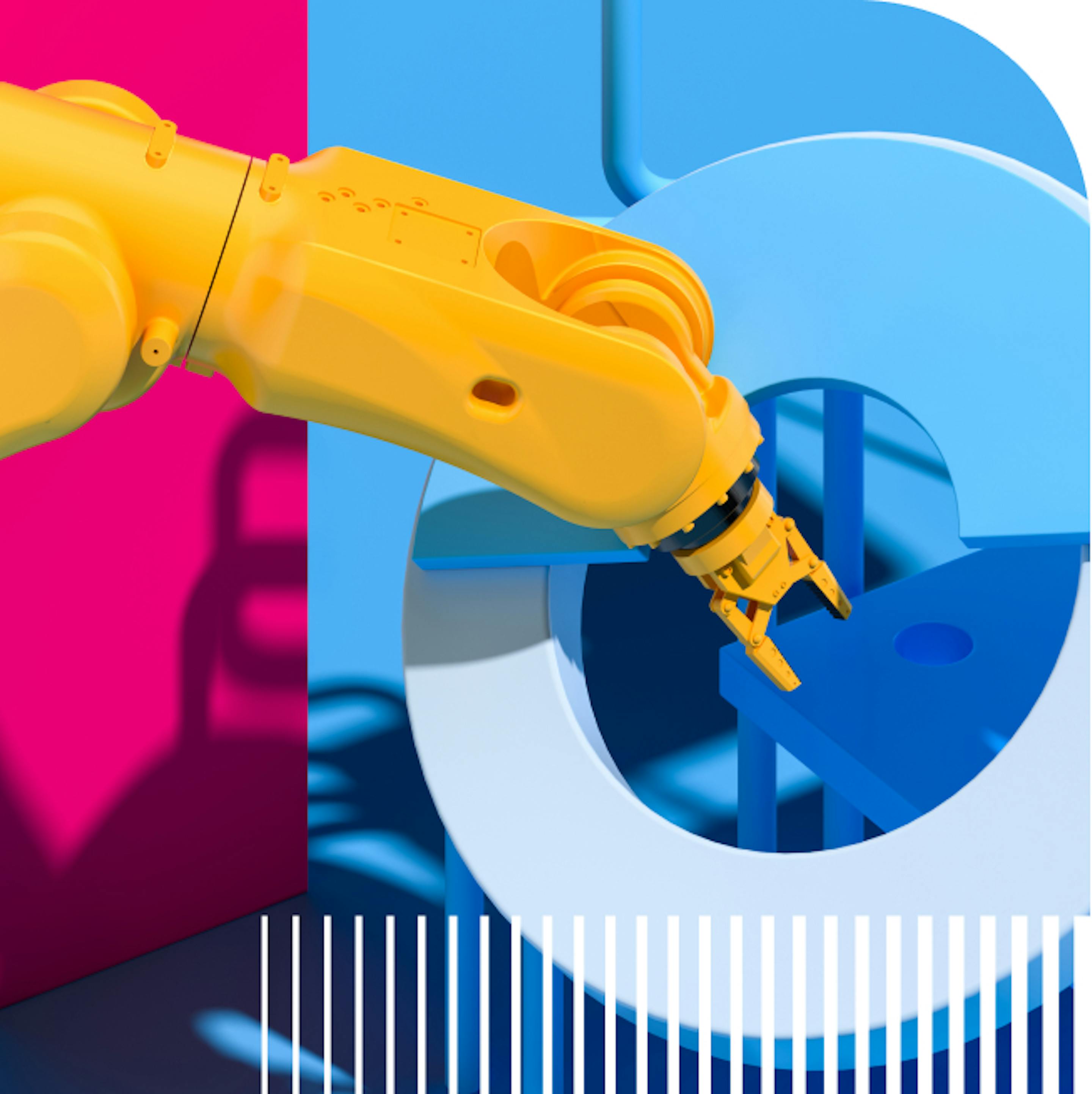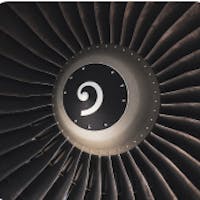Welcome to the Internet of Machines

These technologies shaping the future of humanity
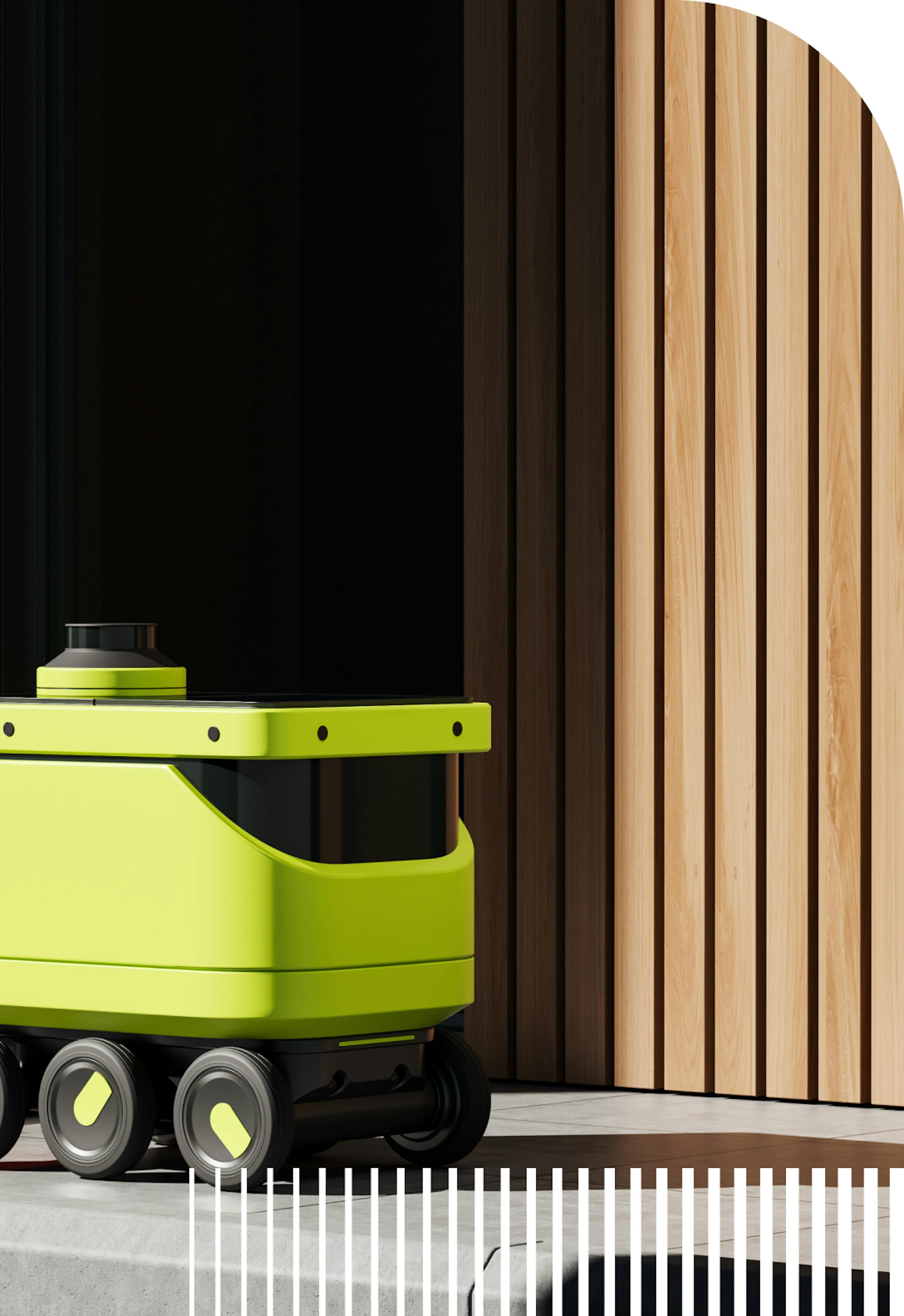

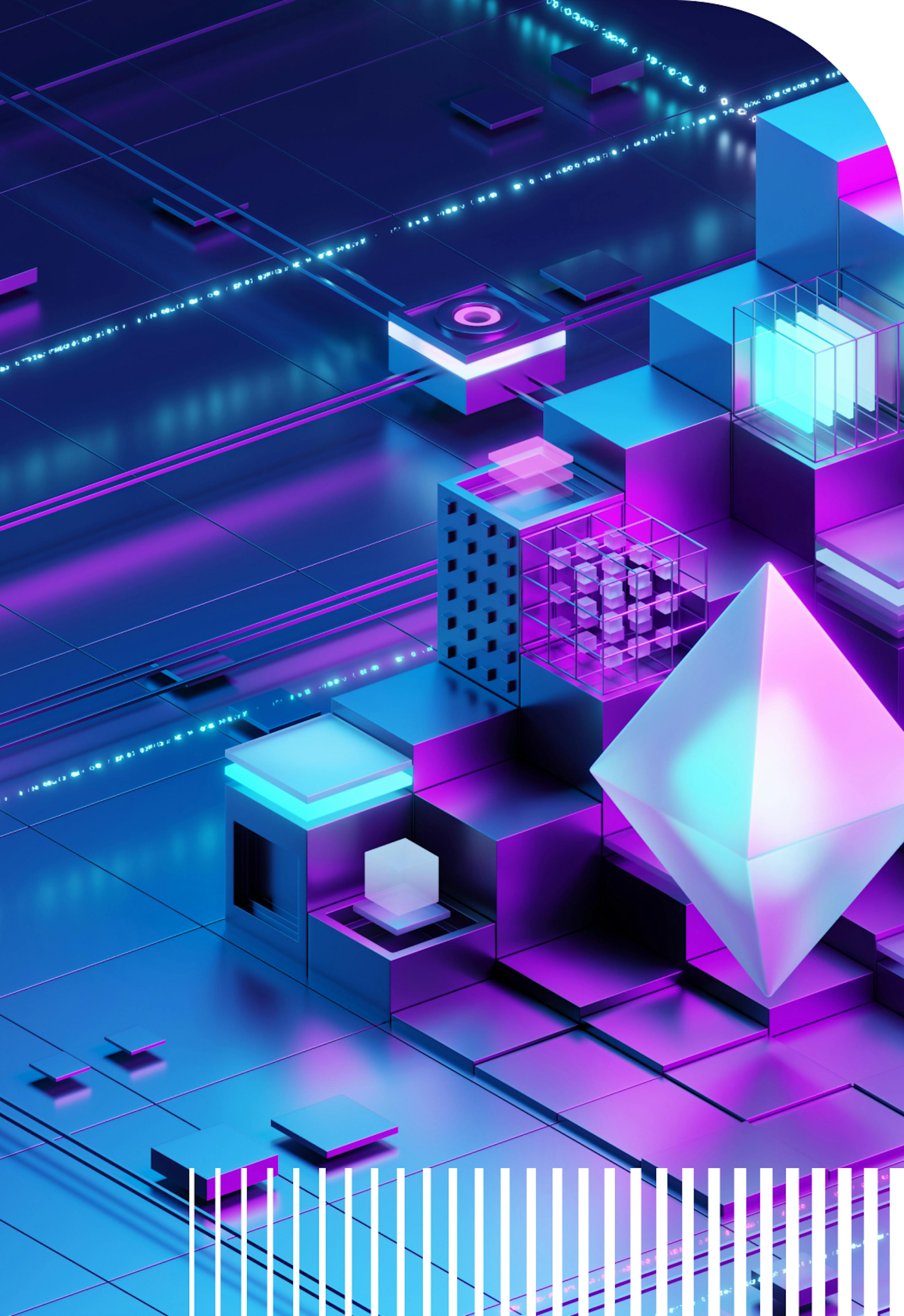




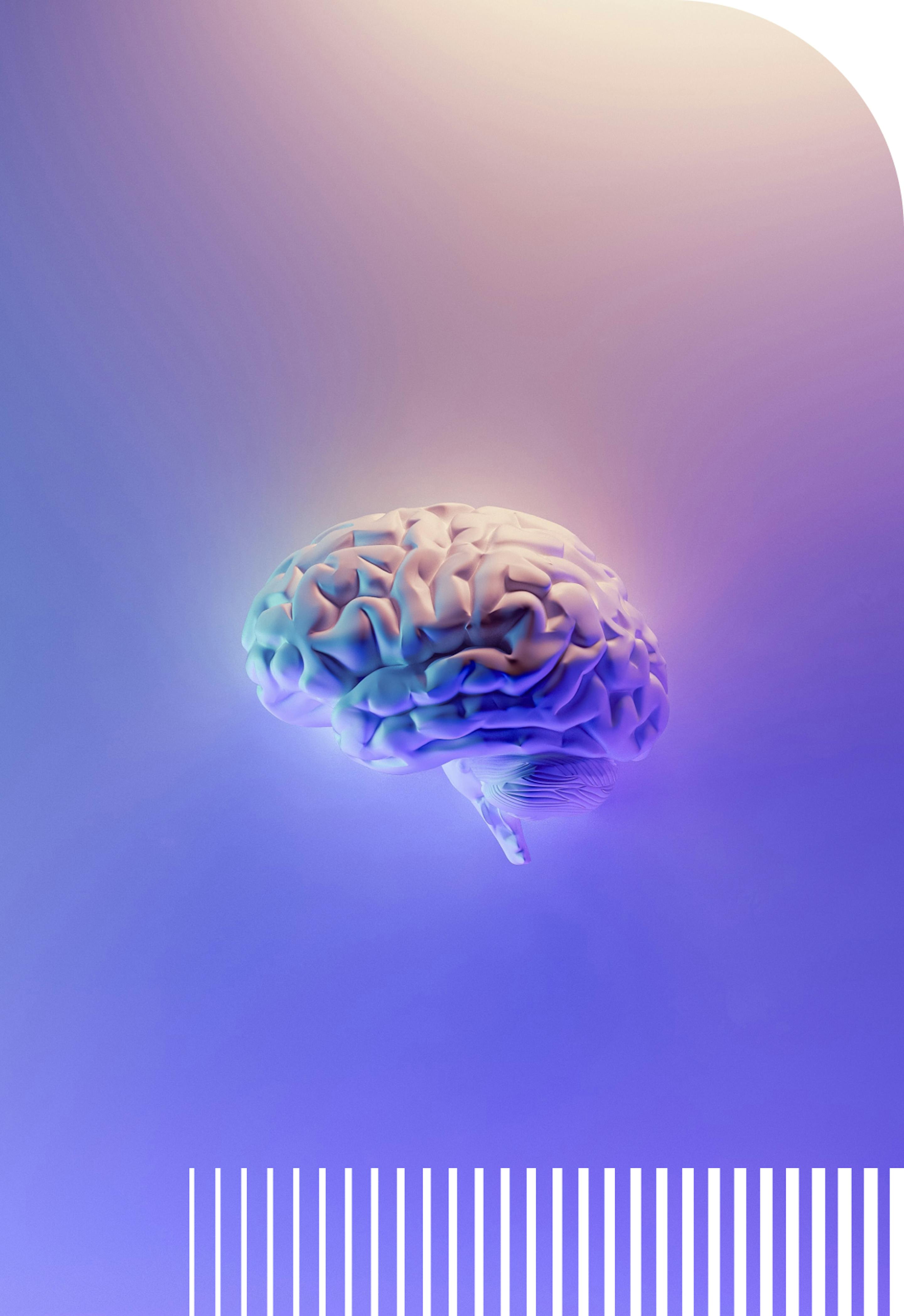
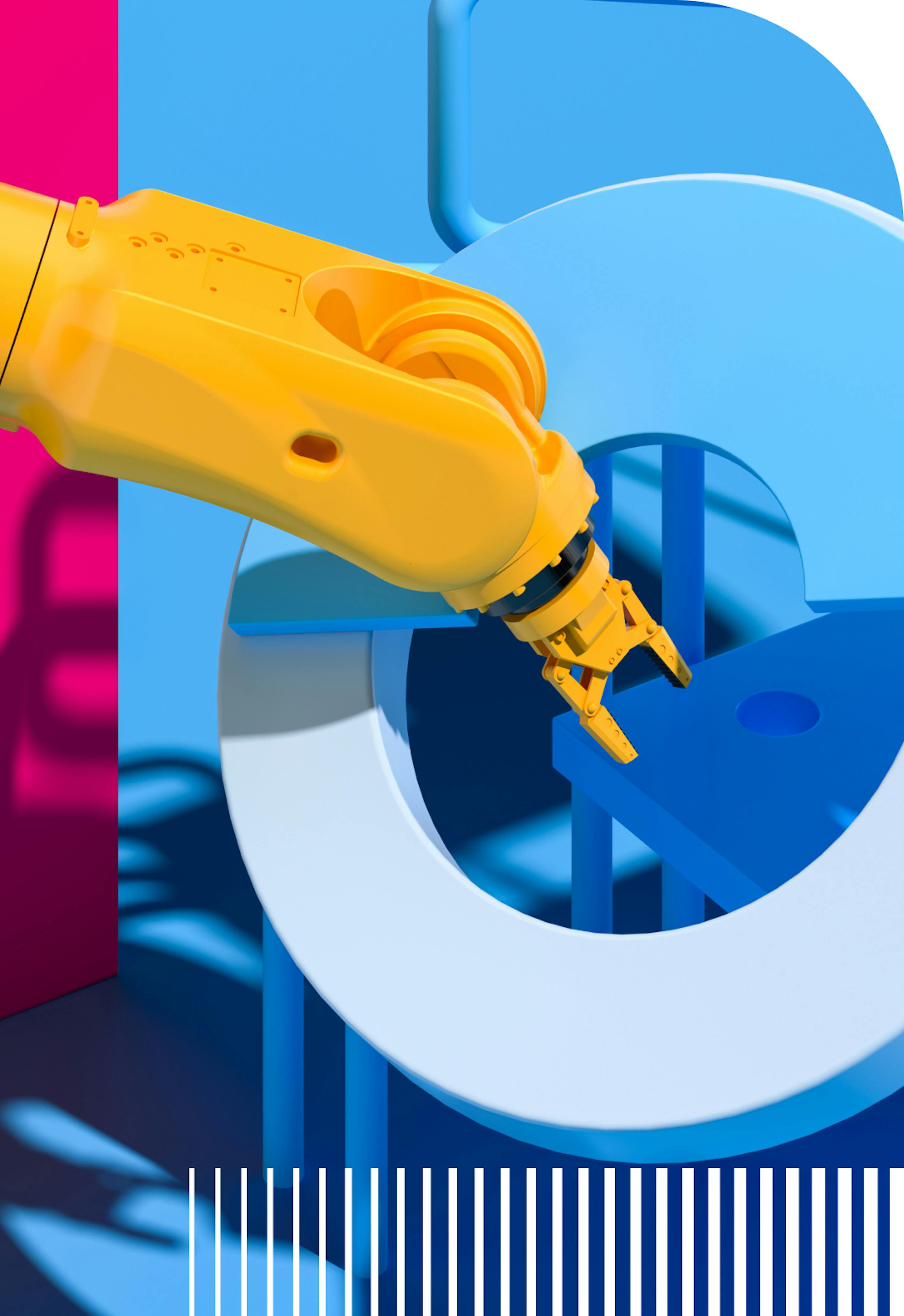
The most significant technological development in the Machine Economy is the increase in basic connectivity of devices and machines. With 41.6 billion IoT devices by 2025, the advanced abilities of networked machines communicating with each other and cloud-based applications are creating numerous new business opportunities.
The topic of decentralization is becoming increasingly important. Distributed Ledger Technology (DLT) is transforming a world of intelligence into a world of decentralized governance, immutable data systems, and transparent networks. Blockchain will play a significant role in enabling machines to transact with one another via self-executing smart contracts autonomously.
In the future, machines will be able to communicate with each other even more autonomously, thanks to comprehensive networking. In the long-term, the communication between devices will replace the connection between man and machine across various industry domains.
The more machines are networked, the greater the importance of machine learning. In the future, machines will learn from data sets provided and direct comparison with other devices. As a result, machines will take these learnings and optimize themselves for maximum performance output.
Cloud computing has recently established itself in many key industry areas. This trend is expected to increase, for example, to large aggregate amounts of data in the cloud or to occupy application areas beyond IoT.
The technological development of edge devices is increasingly pushed forward. As a result, a shift from cloud computing to edge computing is already discernible in some industry areas like manufacturing data analytics and equipment data analytics which will gain even more momentum in the future.
The real hype about AI technologies can be explained by the fact that AI will play an increasingly important role in the future of IoT and the Machine Economy. As a result of advanced cloud systems, manufacturers and industrial companies can integrate AI into production processes easily.
Due to advances in AI, we can assume that service robotics will increase shortly. Industrial robots are automated and programmable in typical assembly, pick and place applications, product inspection, and general material handling.

How people benefit from it
